Needs Assessment
According to Wikipedia, “a needs assessment is a systematic process for determining and addressing needs or “gaps,” between current conditions and desired conditions or wants.”
With competency-based training looming in Canada, and 49 CFR (Code of Federal Regulations) 172.700 training in place in the USA (United States of America), it is essential that employers create a needs assessment to address the role of each employee.
What is a needs assessment as it relates to transporting hazardous materials (dangerous goods)?
An employer must understand the who, what, where, when, why, and how within their organization, therefore, doing a needs assessment is a vital first step in the process.
Who?
List all employees involved at your company. Then carefully look at their specific roles and their actual job function. Titles mean nothing. Look deeper into their actual role and even their secondary duties (covering for someone during vacation, for instance).
What?
Identify all hazardous materials (dangerous goods) your company ships. What UN (United Nations) numbers, hazard classes, and packing groups apply?

Where?
Look at all the locations. Each location will have a different group of individuals and even different hazardous materials. Also, look at where you ship. Do you only ship by ground, or do your packages have to be shipped by air or ocean to get to their destination?
When?
The 49 CFR, TDG (Transportation of Dangerous Goods), and IMDG (International Maritime Dangerous Goods) all follow a 36-month cycle, whereas the IATA (International Air Transport Association) follows a 24-month cycle. Remember that in the USA, a hazmat employee requires training within 90 days of hire.
Why?
Well, that one is the easiest. Because the law says you must. The 49 CFR Regulations outlines training in part 172.700. The Transportation of Dangerous Goods Regulations outlines training in Part 6 (soon to reference a CGSB (Canadian General Standards Board) Standard). Air is outlined in Part 1 of the IATA Dangerous Goods Regulations and IMDG follows the competent authority (49 CFR or TDG).
Finally…How?
Once you have your needs assessment done, you can easily determine if an online approach or an in-person approach is best. If you only ship a limited selection of hazardous materials, a customized training course would be preferred.
Download our Training Needs Assessment Template from our Resource Library to use in your organization. Need help assessing the training requirements for your organization? Contact our regulatory experts today,
ICC is passionate about keeping us all safe when handling, storing, manufacturing, or transporting dangerous goods. Our team can help your business stay compliant and informed through our products, services, and training. Contact us to learn more about the ICC difference.
Stay up to date and sign up for our newsletter!
We have all the products, services and training you need to ensure your staff is properly trained and informed.
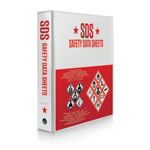 Safety Data Sheet (SDS) Services |
 Training Courses Training Courses |
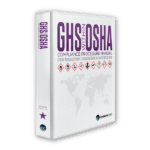 GHS Publications |
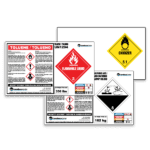 Label Text Label TextRegulatory Services |



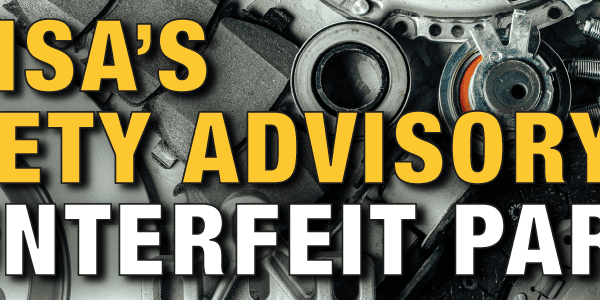
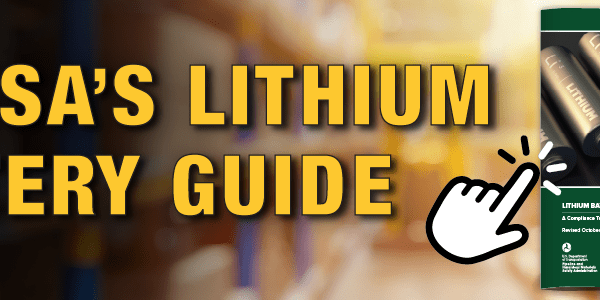


 ICC USA
ICC USA ICC Canada
ICC Canada